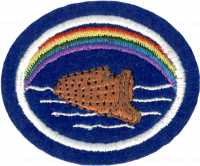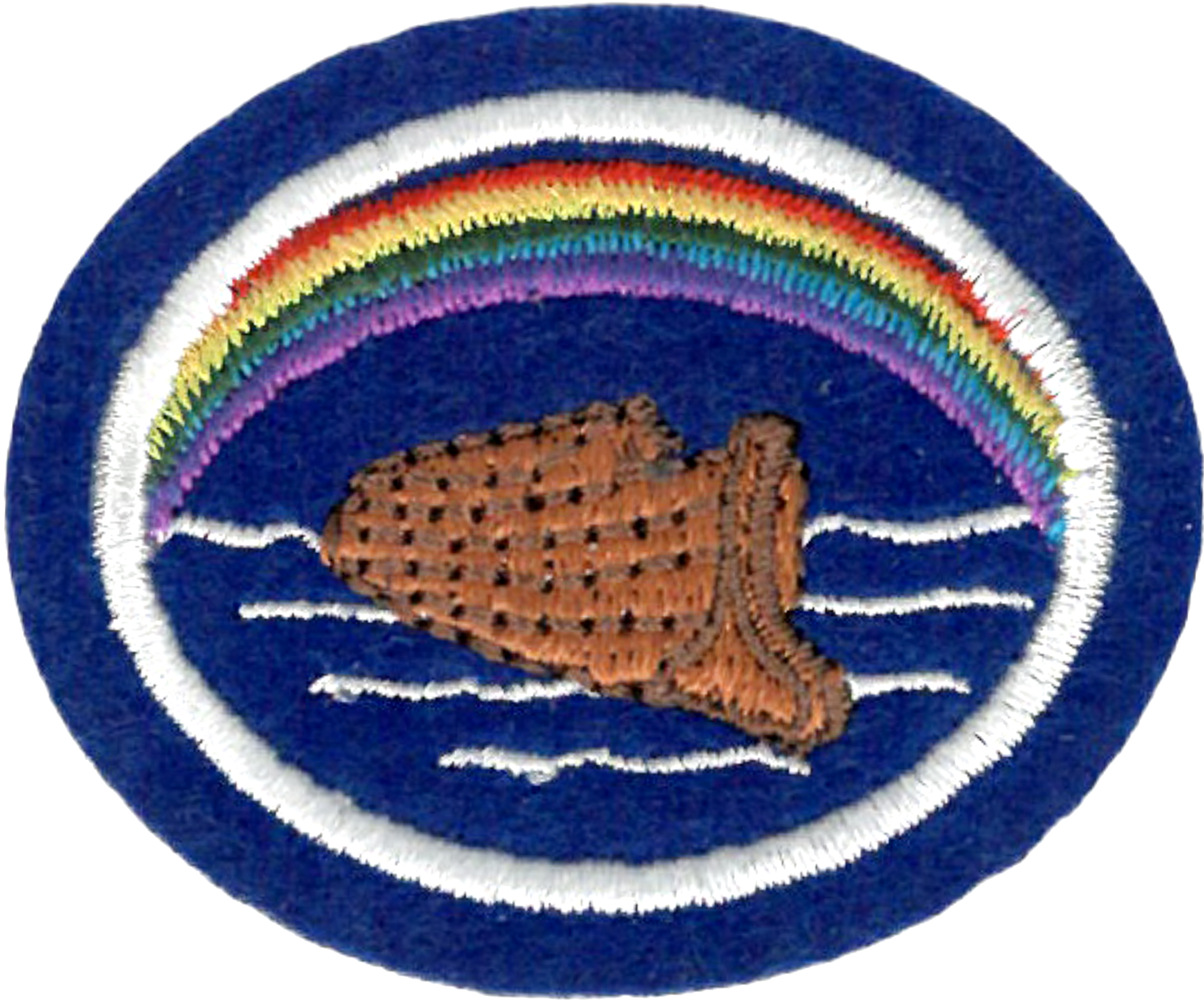AY Honor Noah's Flood Requirements
1. Define catastrophism. Would Noah’s flood be included in this definition?
2. Read Genesis 6-9:19 and read Patriarchs & Prophets, chapters 7-8. Afterward, answer these questions based on your reading.
- a. How many days did it rain during the flood and how long did the water continue to rise? How many days until the waters receded enough so the ark could be exited?
- b. How was life different before the flood versus after?
- c. Why were some animals brought into the ark by twos and some by sevens?
- d. What were the dimensions of the ark in feet (or meters)? Do you believe it could have been larger or smaller? Explain your answer.
3. Read Matthew 24:37. What are some of the things you think are happening today that were going on in the days of Noah that caused the destruction of man?
4. As you think back to the text you have read so far and the chapters in Patriarchs and Prophets, how can the fossil record be used as evidence of a worldwide flood?
5. List three geological formations that indicate a worldwide flood and not a local flood.
6. Look at the fossil record of how animals before the flood were different from the ones alive today. Explain why you believe they are different and how it happened. Then tell how non-creationist evolutionary scientists believe the changes happened.
7. Research and explain why you believe there are so few fossils of man in the fossil record.
- a. List three different fossils of man found in the fossil record and tell why you believe they were able to survive the flood.
- b. List two human fossils used as evidence of the flood by some creationists that should not be used and explain why.
8. Research and list four out-of-place artifacts used by creationists and explain why you believe they strengthen or weaken proof of a worldwide flood as described by the Bible.
9. What is the symbol of God's promise to never destroy the world by a flood again? How is it created in nature?
10. Why is Mount Saint Helens eruption so important for our understanding of the process of Noah’s flood?
11. Research flood legends from other cultures and explain how they support a worldwide flood.
12. Do one of the following:
- a. Visit the “Ark Encounter” or some other Creation Ministry that has a display of the flood. Give a visual, cinematic, oral or written report to your Director, Club or church on what you learned from your visit.
- b. Visit a geological feature believed to be caused by Noah’s flood or a major flood (such as the Grand Canyon, Yellowstone National Park, Cypress Hills Interprovincial Park, Niagara Falls, Canadian Shield or Mount Saint Helens). Give a visual, cinematic, oral or written report to your Director, Club, or church on what you learned from your visit.
- c. Research a geological feature caused by the flood and give an oral or written report to your Director, Club, or church on why it is proof of the worldwide flood as described in the Bible.
- d. Create a diorama or model showing a geological formation caused by the flood and explain how it was created and why the Genesis flood is a better example of its creation than a non-creationist model.
13. Do two of the following on your own or as a club:
- a. Obtain a large clear container, such as a 2–5-gallon water bottle or large pickle jar. Fill up a third or half of it with sediments, varying from silt to sand, also with small rocks, up to 1 inch (2.5 cm). Fill the rest of the way with water. Place the lid on the container and shake or roll it so the sediments will be mixed well. Then, stand it upright and let it sit until it all falls to the bottom of the container. Examine the layers created by the different size sediments and discuss how the layers we find in the earth relate to the layers in the container, and how this can happen on a large scale.
- b. Get a large wading pool and make a model landscape out of coarse sand, fine sand, clay, large and small pebbles and topsoil. If you cannot find some of these materials, use what is available. Set a mister or sprinkler over the pool to simulate rain. Notice how when the rain falls on the higher points, it carries off the material and the different materials move at different rates. When the pool is covered in water over the sediment, turn off the water and drain the pool by siphoning the water out, being careful to only disturb as small of an area as needed to remove the water and let it sit overnight. Now, gently try to dig an area to the bottom of the pool in a couple of places and notice how the different types of sediments are mixed or layered.
- c. Make a model of Noah’s Ark and make sure to use the ratios given in the Bible. Make sure to add weight near the bottom to simulate the animals, cargo and ballast. Next, launch the model in a lake, pool or other body of water and describe to your director how well it handles the waves.


